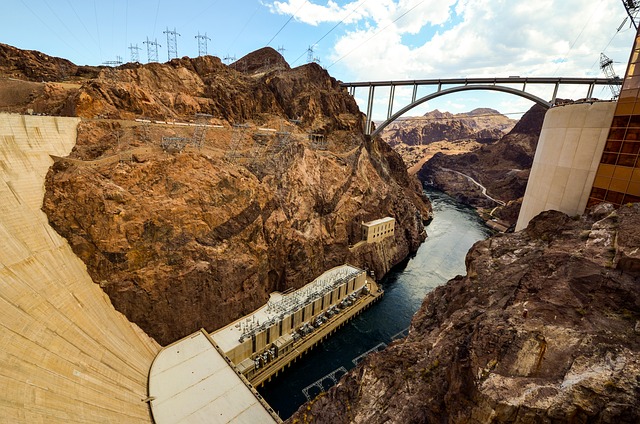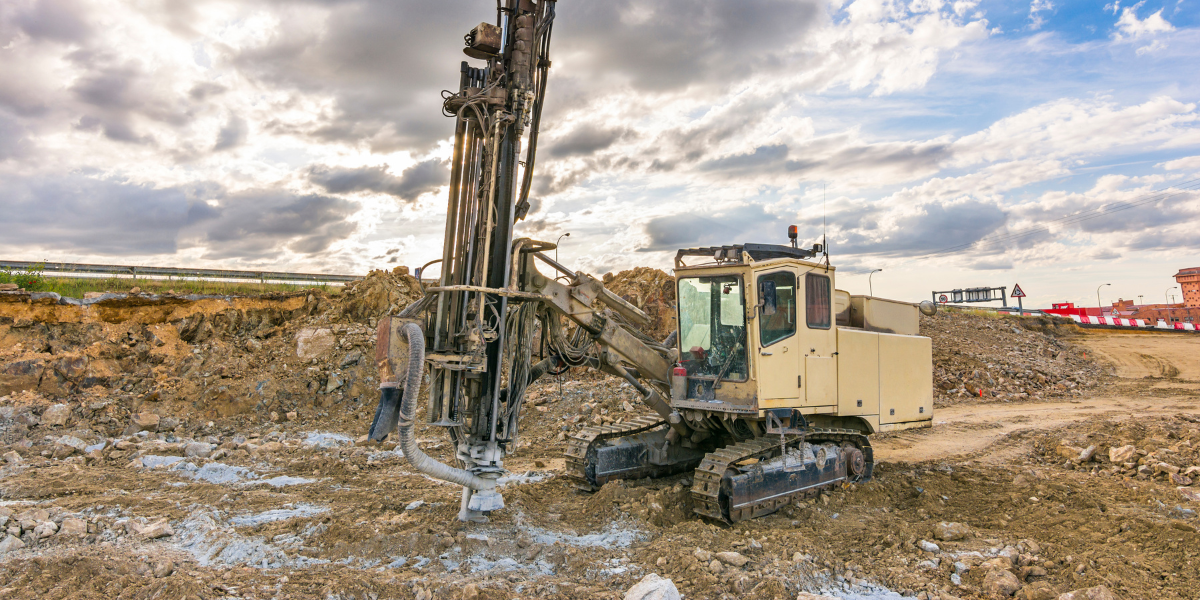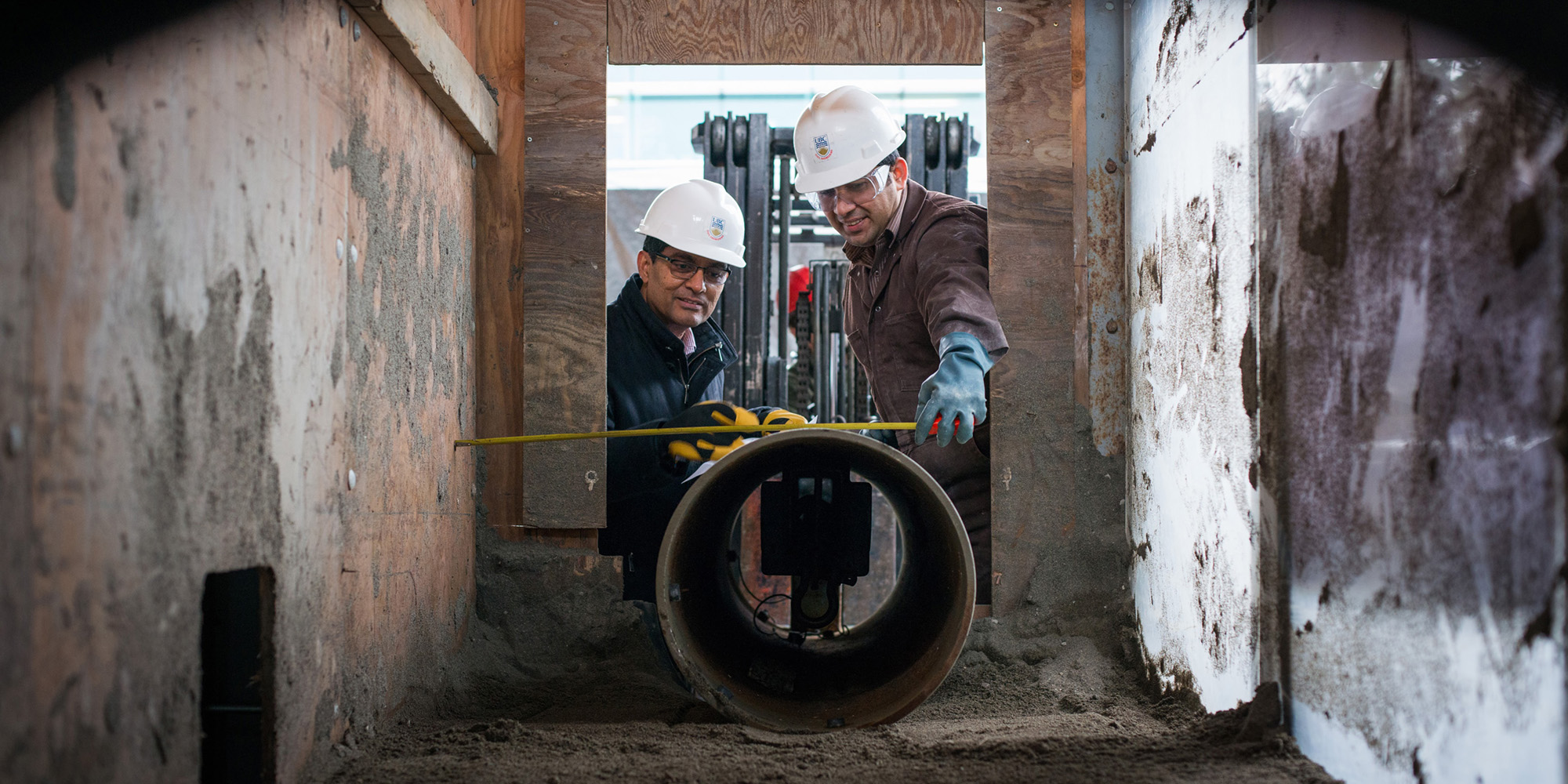Project Geotechnical Engineer Expertise for Large-Scale Advancement
Project Geotechnical Engineer Expertise for Large-Scale Advancement
Blog Article
How Consulting Engineers Enhance Geotechnical Engineering Projects: Insights Into Their Know-how, Methodologies, and Collaborative Approaches
Consulting engineers are pivotal in improving geotechnical design jobs, using their specialized knowledge to browse the complexities of subsurface conditions. Their joint methods foster interaction amongst diverse job stakeholders, inevitably forming the job's trajectory.
Function of Consulting Engineers
The experience of consulting engineers in geotechnical engineering is fundamental to the effective implementation of building tasks. These specialists play an essential duty in evaluating dirt and rock homes, which are important factors affecting design and building and construction decisions. By performing comprehensive website investigations, getting in touch with designers collect necessary data that educates the design process, ensuring projects are developed on stable and appropriate ground.
Consulting engineers also offer very useful understandings right into threat administration (geotechnical geologist). They identify possible geotechnical hazards, such as landslides, dirt liquefaction, and negotiation problems, making it possible for stakeholders to implement reliable mitigation methods. Their proficiency aids in optimizing structure layouts, which can bring about considerable price financial savings and boosted security
In addition, getting in touch with engineers work as an important web link in between project owners, architects, and professionals. Their capability to translate complicated geotechnical information right into workable referrals fosters cooperation and facilitates informed decision-making throughout the job lifecycle. This multidisciplinary strategy not just enhances job efficiency yet additionally makes sure conformity with regulatory criteria and finest methods.
Secret Techniques in Geotechnical Engineering

One primary method is website examination, which entails carrying out field examinations and research laboratory evaluations to gather information on subsurface conditions. Techniques such as Criterion Penetration Testing (SPT) and Cone Infiltration Screening (CPT) are commonly used to evaluate dirt stratigraphy and strength. Additionally, geophysical approaches, including seismic and electrical resistivity studies, supply non-invasive methods to examine subsurface attributes.
An additional essential method is numerical modeling, which makes it possible for engineers to replicate different situations and predict how soil-structure communications will certainly behave under different loading problems. Finite Element Analysis (FEA) is a common technique employed in this context.
Furthermore, the design of structures, retaining structures, and earthworks relies heavily on these methods - geotechnical geologist. By integrating sophisticated analytical devices with field data, consulting engineers can establish customized remedies that deal with particular task challenges, inevitably adding to the security and safety of project geotechnical engineer building tasks
Value of Soil Evaluation
Soil analysis acts as a foundational element in geotechnical engineering, offering necessary insights right into the physical and chemical residential properties of dirt necessary for reliable building and construction planning. Recognizing soil characteristics is important for determining its load-bearing capacity, drain behavior, and potential for settlement or instability. Thorough soil examinations, including tasting and research laboratory testing, assistance recognize parameters such as soil type, dampness content, density, and shear stamina.
These evaluations inform the selection of suitable construction techniques and products, ultimately influencing project security and durability. For example, cohesive dirts might require different structure styles compared to granular soils, necessitating tailored engineering services. Moreover, dirt analysis aids in identifying impurities that might position risks to human health or the environment, enabling the development of mitigation strategies.
Incorporating dirt analysis right into the early phases of task growth helps to reduce unpredicted obstacles, making sure that designers can anticipate and attend to prospective problems prior to they escalate. By establishing a comprehensive understanding of the site problems, consulting engineers can enhance design performance and reduce prices, consequently improving the total success of geotechnical design tasks.
Joint Methods in Tasks
Effective geotechnical projects commonly pivot on collaborative strategies that unite diverse proficiency from different self-controls. Efficient cooperation among seeking advice from engineers, geologists, ecological researchers, and building specialists is vital for resolving intricate challenges and maximizing task results. By leveraging the special abilities and understanding of each employee, jobs can gain from an all natural understanding of the site problems, regulatory demands, pop over to these guys and design restrictions.
Routine communication and interdisciplinary conferences facilitate the sharing of understandings and promote a society of team effort. These collective efforts make it possible for the recognition of possible risks early in the job lifecycle, enabling timely reduction techniques. In addition, integrating feedback from stakeholders, including neighborhood neighborhoods and governing companies, guarantees that all point of views are taken into consideration, enhancing job approval and conformity.
In addition, the integration of sophisticated modern technologies, such as Geographic Details Equipment (GIS) and Building Information Modeling (BIM), additional enhances partnership. These tools enable the real-time sharing of information and visualization of geotechnical conditions, advertising informed decision-making. Inevitably, a collective strategy not just improves job implementation however additionally lays the foundation for cutting-edge remedies to complicated geotechnical engineering difficulties.
Effect On Job End Results

Consulting engineers use advanced methods such as risk analysis and predictive modeling, which improve the accuracy of project forecasts. Their capacity to integrate cutting-edge technologies, like geotechnical instrumentation and data analytics, additionally fine-tunes the layout and construction processes. Consequently, projects experience boosted performance, lowered costs, and reduced delays.
Furthermore, promoting reliable interaction and cooperation among group participants enhances analytical abilities. When difficulties develop, an unified front permits quick identification of remedies, protecting against potential problems. Inevitably, the joint efforts of consulting designers add to better end results, ensuring that jobs fulfill both regulative requirements and client assumptions.
Final Thought

Report this page